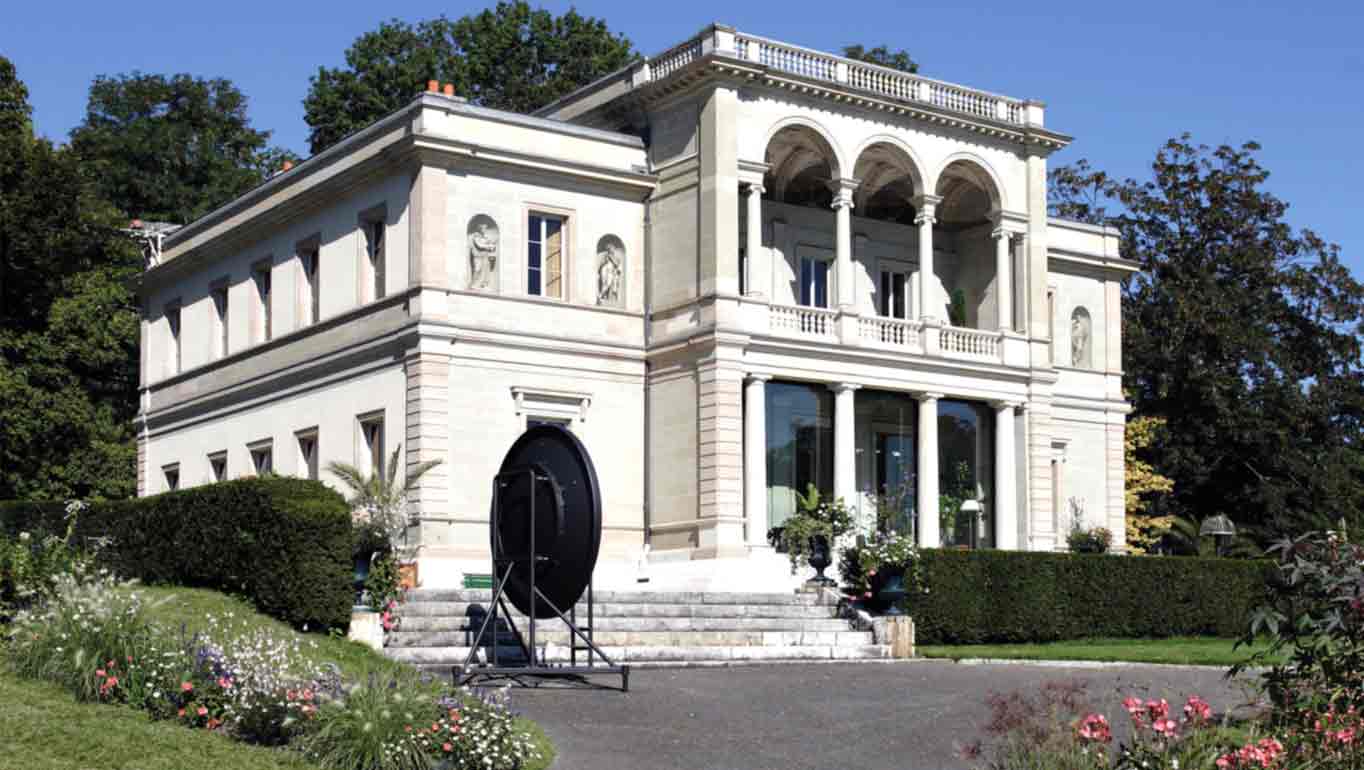Opened to the public in 1964, the History of Science Museum is located in a magnificent mansion from 1830, in the heart of the Perle-du-Lac park, on the shore of Lake Geneva – a few steps away from the international organisations. Its charming decoration, inspired by Pompeii and Herculaneum, already makes it interesting.
A museum’s reputation is built on the value of its collections. In this particular venue you can discover how Geneva has been developing in the field of science, since the end of the 17th century, when scientific disciplines were first taught at the Academy – the founding institution of the current University. Courses in natural philosophy or experimental physics inspired local and international students to explore scientific research in depth. And from there, most scientific careers were born.
Horace-Bénédict de Saussure is among the scientists who contributed to the history of the city. He made his laboratory out of nature and, more specifically, out of the mountains. In his work on microscopy, he observed the division of cells for the first time and, in 1787, working in botany, geology, meteorology, physics and human physiology, he organised the first scientific expedition to the top of Mont Blanc. Saussure improved – and even invented – the instruments he needed to pioneer his work – all scientific instruments that are now part of the museum’s collections.
The heart of the collection is entirely dedicated to instruments that belonged to Genevan scientists. Some of them represent the work of local craftsmen, others of prestigious manufacturers from London and Paris. The collection has been enhanced over the years, both by donations from various laboratories of the University of Geneva, and by other pieces which have been acquired. Preserving, restoring, studying, exhibiting or promoting the publication of these scientific objects are the starting point for most of the museum’s projects – and also a great starting point for storytelling.
These instruments tell us about the scientists of the past and of the present, providing a vivid illustration of the sequence of major scientific discoveries. Among them we can mention the expedition of Jacques André Mallet (founder of the Geneva Observatory) to Russian Lapland in 1768. An expedition that helped to measure the distance between the earth and the sun, by measuring a basic astronomical unit that was not known accurately in the 18th century. We can also include the discovery of the first exoplanets, by Michel Mayor and Didier Queloz – awarded with the Nobel Prize in Physics in 2019. And we can also explore the work of many scientists who mapped the stars to ensure the precision of the chronometry, something that led the city’s watchmakers to regulate their clocks.
Scientific instruments also remind us that science evolves. Some objects, such as ancient microscopes, speak of the evolution of human thinking and long-standing disputes: do objects invisible to the human eye really exist, or were they created by our brains? The scholars of the 17th century seriously debated this question.
Some disciplines take longer than others to arise, waiting for a fundamental finding to change the way we look at phenomenons; this was the case of electricity in the 19th century. The study of sound had to wait until the same century to become a discipline in its own name, and thus to see explanatory models emerge – as the new temporary bilingual exhibition “Ecoute voir” demonstrates. Chladni’s poetic figures, obtained by brushing a bow over the edge of a sand-covered copper plate, tuning forks and undulating movements remind us that sound is a mechanical wave and that it needs substance to move, travelling at different speeds in the air and on the water. Visitors to the museum will be able to experience all these anecdotes, and many more, through interactive devices that will take them back in time.



